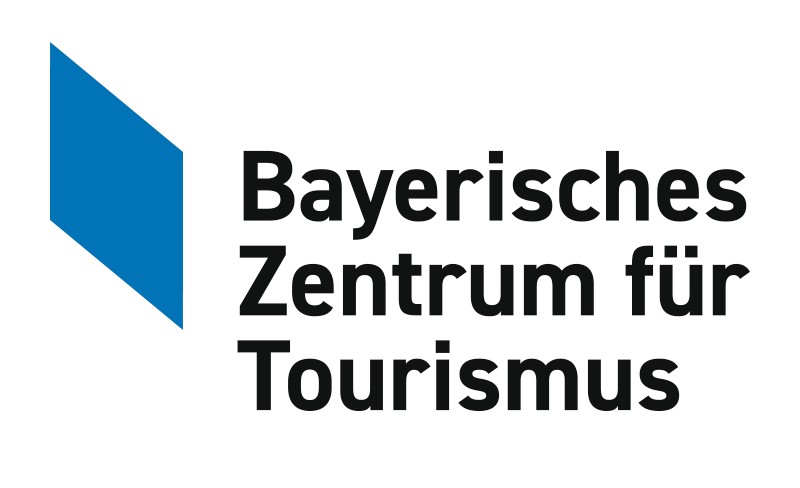ONLINE-FORUM
Schlagworte: Zielgruppen und Märkte, Tourismuszukunft
Jahresdialoge 2021: Tourismus neu denken – Bleibt alles anders?
Das Bayerische Zentrum für Tourismus veranstaltet im Jahr 2021 eine Dialogreihe mit acht Fachgesprächen, die unter dem Leitgedanken „Tourismus neu denken – Bleibt alles anders?“ stehen. Gemeinsam mit hochkarätigen Referent*innen aus Tourismuswirtschaft und -wissenschaft diskutieren wir über die Entwicklungen im bayerischen Tourismus.
Dialog #1: „Erfolgreicher Tourismus ohne Wachstum?“ am 24. März 2021
Als interaktiver Broadcast findet eine Diskussion mit Wissenschaftler*innen und touristischen Leistungsträgern statt, bei der unter anderem das Spannungsfeld zwischen quantitativem und qualitativem Wachstum thematisiert wird. Geht es nur mit oder auch ohne Wachstum? Welche alternativen Wege und Lösungsansätze gibt es für einen erfolgreichen Tourismus? Gibt es gerade jetzt eine Chance für eine nachhaltige Entwicklung im Tourismus? Dies sind Themenschwerpunkte, zu denen die Expert*innen Stellung beziehen und Impulse für die Zukunft geben.
Dialog #2: „Krisenresilienz im Tourismus“ am 22. April 2021
Die aktuelle Krise legt die Verwundbarkeit der Tourismusbranche schonungslos offen und so hat sich der Tourismus in seiner gegenwärtigen Form als nicht widerstandsfähig erwiesen. Die Krisenresilienz ist in weiten Teilen der Tourismusbranche nicht sonderlich ausgeprägt, die strategische Weitsicht nur bedingt vorhanden, Frühwarnsysteme oder ein Risikomanagement nur selten institutionalisiert. Was sind nun die konkreten Lehren aus der Coronakrise für Tourismus und Gastgewerbe? Ausgewiesene Expert*innen wagen einen Blick in die Zukunft und diskutieren die Chancen für den Tourismus, um auf ein höheres Resilienzniveau zu gelangen.
Dialog #3: „Wie tickt der Tourist?“ am 20. Mai 2021
Im Mittelpunkt des dritten Dialogs steht die Frage, wie sich das Reiseverhalten der Deutschen in Zeiten der Pandemie verändert hat. Welche Ziele und Beherbergungsformen werden bei zukünftigen Reisen gewählt, hat sich die Einstellung zum Reisen und die Wertschätzung des Reisens verändert? Bei der Beleuchtung des zukünftigen Gastprofils wird auch seine Einstellung zu nachhaltigem Reisen näher betrachtet.
Dialog #4: „Spannungsfeld Alltagsraum und Urlaubs(t)raum“ am 24. Juni 2021
Das Spannungsfeld zwischen Raumansprüchen von Touristen und Einheimischen wurde in den letzten Jahren zunächst in der Diskussion um Overtourism in den Städten sichtbar. In Zeiten der Pandemie ist der Konflikt zwischen Alltagsraum und Urlaubsraum auch in ländlichen Räumen angekommen. Welche Transformationen und Lösungsansätze für Destinationen möglich sind, diskutieren Spezialist*innen beim vierten Tourismusdialog.
Dialog #5: „Besucherlenkung – Strategien und Maßnahmen aus Sicht der Kommunen und der Besucher“ am 22. Juli 2021
Urlaub im eigenen Land ist bei der deutschen Bevölkerung beliebt, die Reiserestriktionen seit dem letzten Jahr haben diesen Trend verstärkt. Das zeigt auch eine Studie des Bayerischen Zentrums für Tourismus. Im fünften Dialog werden die Herausforderungen sowie praktikablen Lösungsstrategien zur Lenkung von Besucherströmen analysiert und diskutiert.
Dialog #6: „Post-COVID-Tourismus – mehr Nachhaltigkeit?“ am 19. Oktober 2021
Durch die Pandemie ist das Bewusstsein für das touristische Reiseverhalten bei vielen (potentiellen) Reisenden geschärft worden. Bereits vor der COVID-19-Pandemie ist das Reisen von der „Fridays for Future“ Bewegung oder durch Kampagnen wie „Stay on the ground“ zunehmend in die Kritik geraten. Wird also zukünftig Nachhaltigkeit eine verstärkte Rolle im Nachfrageverhalten spielen und wie können touristische Leistungsträger auf die Herausforderung reagieren? Im sechsten Dialog diskutieren Vertreter*innen aus Wissenschaft und Praxis über die zukünftigen nachhaltigen Entwicklungen von Destinationen und touristischen Betrieben aus Anbieter- und Nachfragesicht. Insbesondere geht es dabei auch um die Frage, ob sich die COVID-19-Pandemie als Katalysator für eine nachhaltige Entwicklung erweist.
Dialog #7: „Digitalisierung im Tourismus: Was muss, was kann, was soll?“ am 16. November 2021
Das Potenzial der Digitalisierung wird von zahlreichen Akteuren im Tourismus vielfach noch nicht ausgeschöpft. In welcher Form die Branche zukünftig noch stärker bei der Vermarktung und Kommunikation ihrer Leistungen von der Digitalisierung profitieren kann, steht im Mittelpunkt dieser Dialogveranstaltung.
Dialog #8: „Lessons learned? Konsequenzen und Herausforderungen für die Zukunft des Tourismus in Bayern” am 14. Dezember 2021
Im letzten Dialog der Reihe diskutiert das Bayerische Zentrum für Tourismus gemeinsam mit Wissenschaftler*innen und Praktiker*innen, welche der Erkenntnisse aus den verschiedenen Dialogen des Jahres 2021 auch für die zukünftige Entwicklung des bayerischen Tourismus von Relevanz sein werden.

